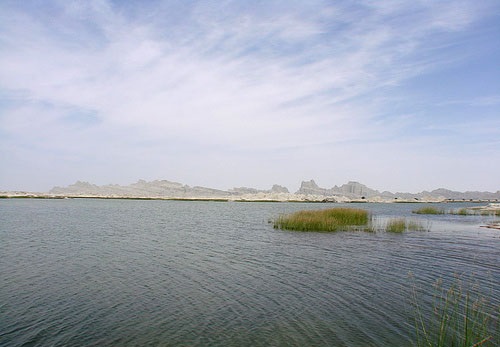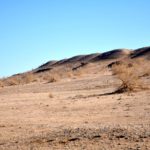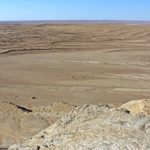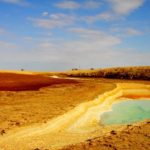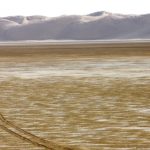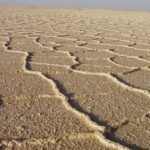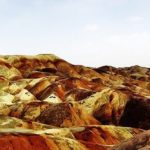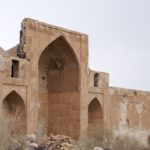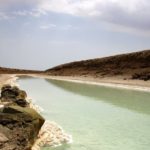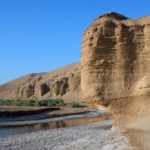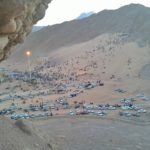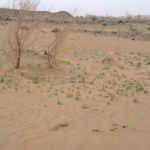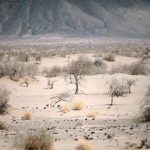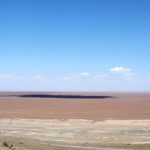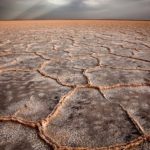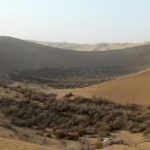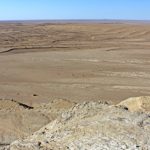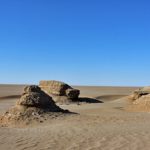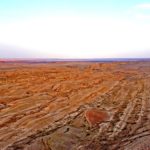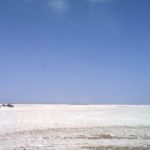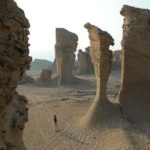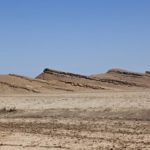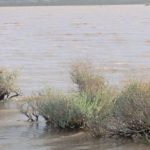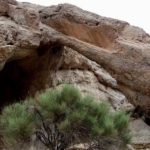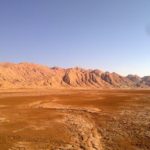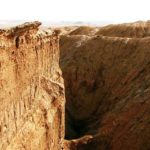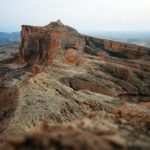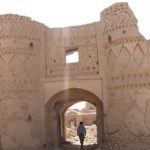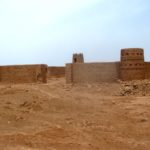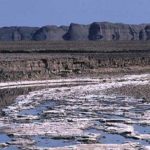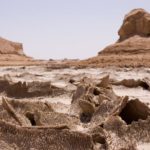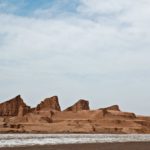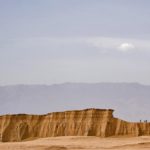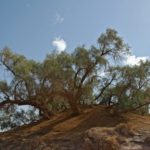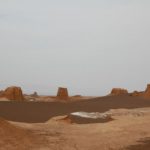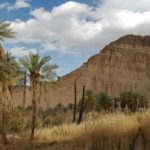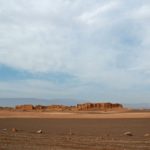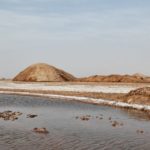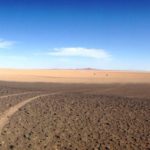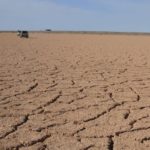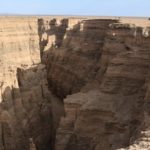In collaboration with the University of Canterbury, New Zealand, researchers at the International Center for Coexistence with the Desert are investigating desertification in the Hamoun area.
Read More ...
International Center for Desert Coexistence in the summer of 2013 by UNDP at the Faculty of Natural Resources and Desertology of Yazd University with the aim of holding short-term training courses and conducting small research projects in the fields of architecture, agriculture, agriculture, natural resources, environment Biotechnology was established in relation to desertification issues and issues at national, regional and international level.
Dr. Seyed Ali Asghar Dashti, Director of the Center’s Coordination Affairs in an interview with ISNA – Yazd Region, said: The mission of Yazd University’s International Center for Desert Coexistence is actually bridging the inter-country research centers on desert issues with other countries. It focuses on Middle Eastern and Central Asian countries and focuses on issues of coexistence with desert areas, revitalizing indigenous knowledge and updating it on how to become arid and fragile.
He is currently pursuing projects including the implementation of a project related to the design and creation of the green space of the Khorang Site (Center for International Conferences affiliated to the Ministry of Science, Research and Technology), the submission of a provincial livestock (camel) proposal to the UNDP office in Tehran and Submitting Proposal for Desertification Study of Hamoun Arena in collaboration with Kabul University and Arab International Center ACSAD in Damascus, mentioned to Abdul Salam Theoretical Physics Center in Rome, Italy for financing and signing of Memorandum of Understanding between this Center and Isfahan Scientific and Research Town. .
He also noted that the International Center for Desert Coexistence of Yazd University will soon launch a project to study the desertification of the Hamoun arena and sandstorms in co-operation with the University of Canterbury, New Zealand, under the guidance of Dr. Peyman Zavarreza.
The Director of Coordination of the International Center for Desert Coexistence continued to refer to the completed applications of the Center and said: The Center for Desert Coexistence of Yazd University has been implementing the project “Development of Traditional Windbreakers for Modern Use”, which is a symbol of The savvy people of the desert are using the wind to cool the buildings by making it usable for upgrading to new buildings.
He further stated that the other practical application of the center was “Industrial waste water reclamation for adjacent deserts”, in which case study on Archin plant and considering the province’s industrialization and the extraordinary value of water in the region, guidelines for water use. Waste industries have been investigated to restore vegetation in neighboring areas, to weather the climate and to prevent sandstorms.
Dr. Dashti outlined the project “Using Salt Water to Produce Crops on Sand Dunes” as the third application of the center to increase crop production in the desert regions and stated that the cost of implementing these three projects by UNDP amounted to 3 Thousands of dollars have been provided and 2% of Yazd University facilities have been spent to complete them.
Finally, the director of coordination of the International Center for Desert Coexistence of Yazd University stated the lack of independent research facilities to attract more researchers to the center, lack of approved budget and financial constraints.

